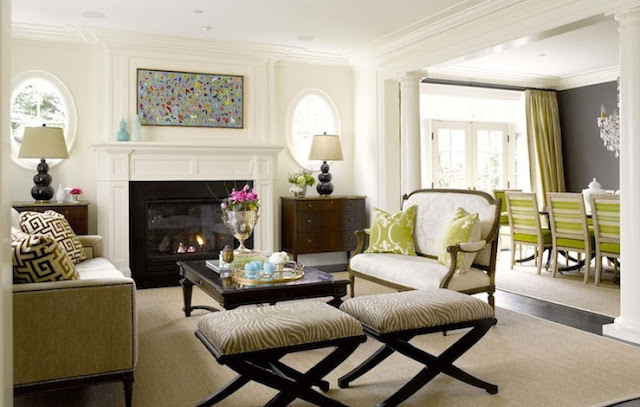I got the idea from the book,"Sew What You Love" by Tanya
Whelan. Lots of cute beginner sewing projects.
I made a hexagon template six inches across, each side being 2.5 inches long. After cutting approximately 30 hexagons, I cut notches in each corner. It will go a lot faster if you layer the fabrics, and then cut out the pattern.
Now sew the hexagons together, right side to right side.
After trimming the duvet to a rectangle, I sewed the right side of the hexagons to some soft minky fabric leaving a 10" gap to pull the fabric through.
Then I topstiched and voila, a sweet little blankie for the stroller and crib.




